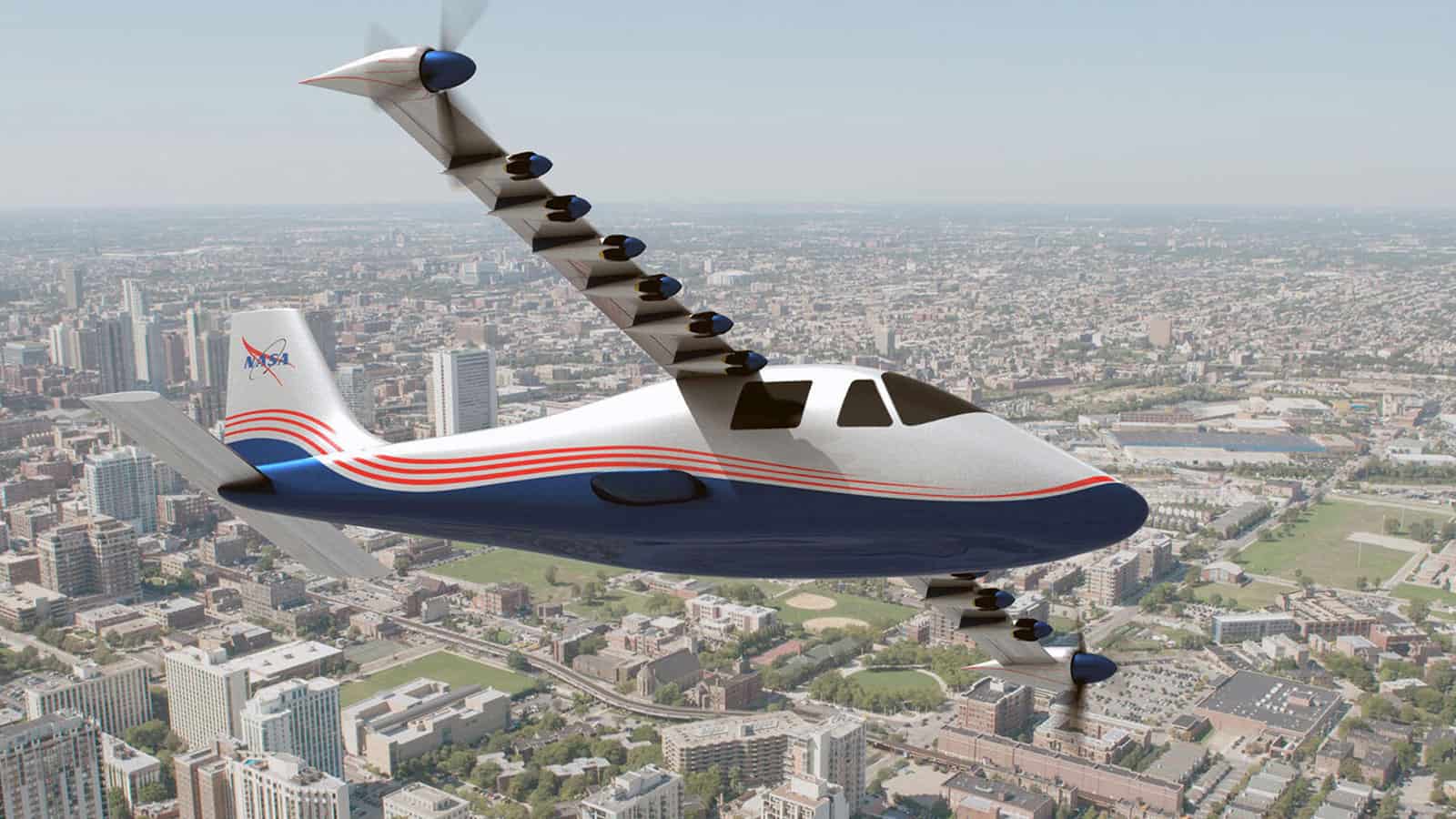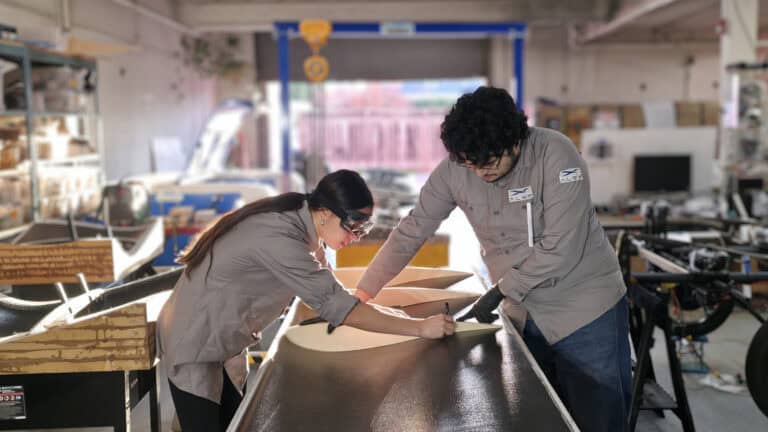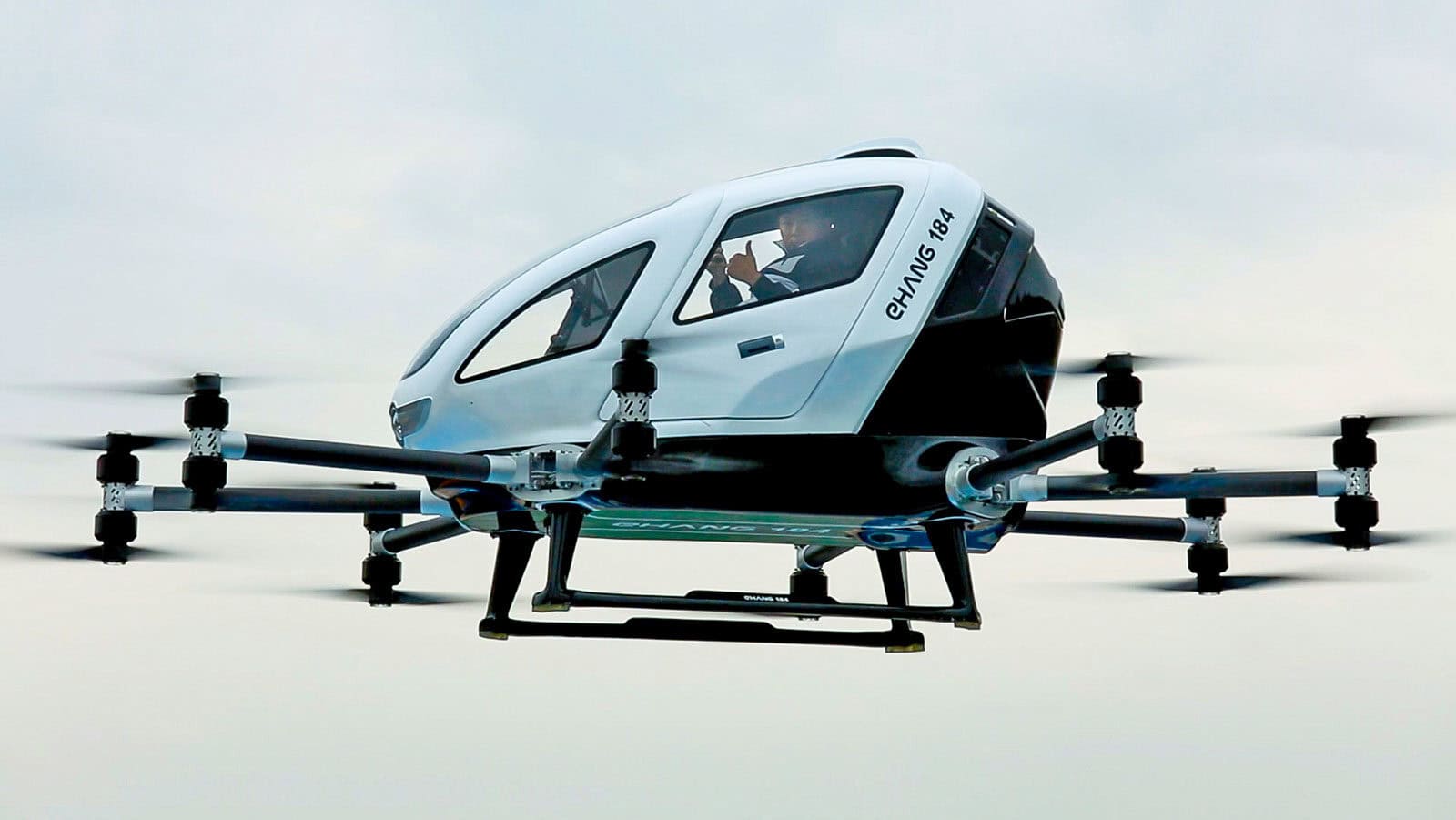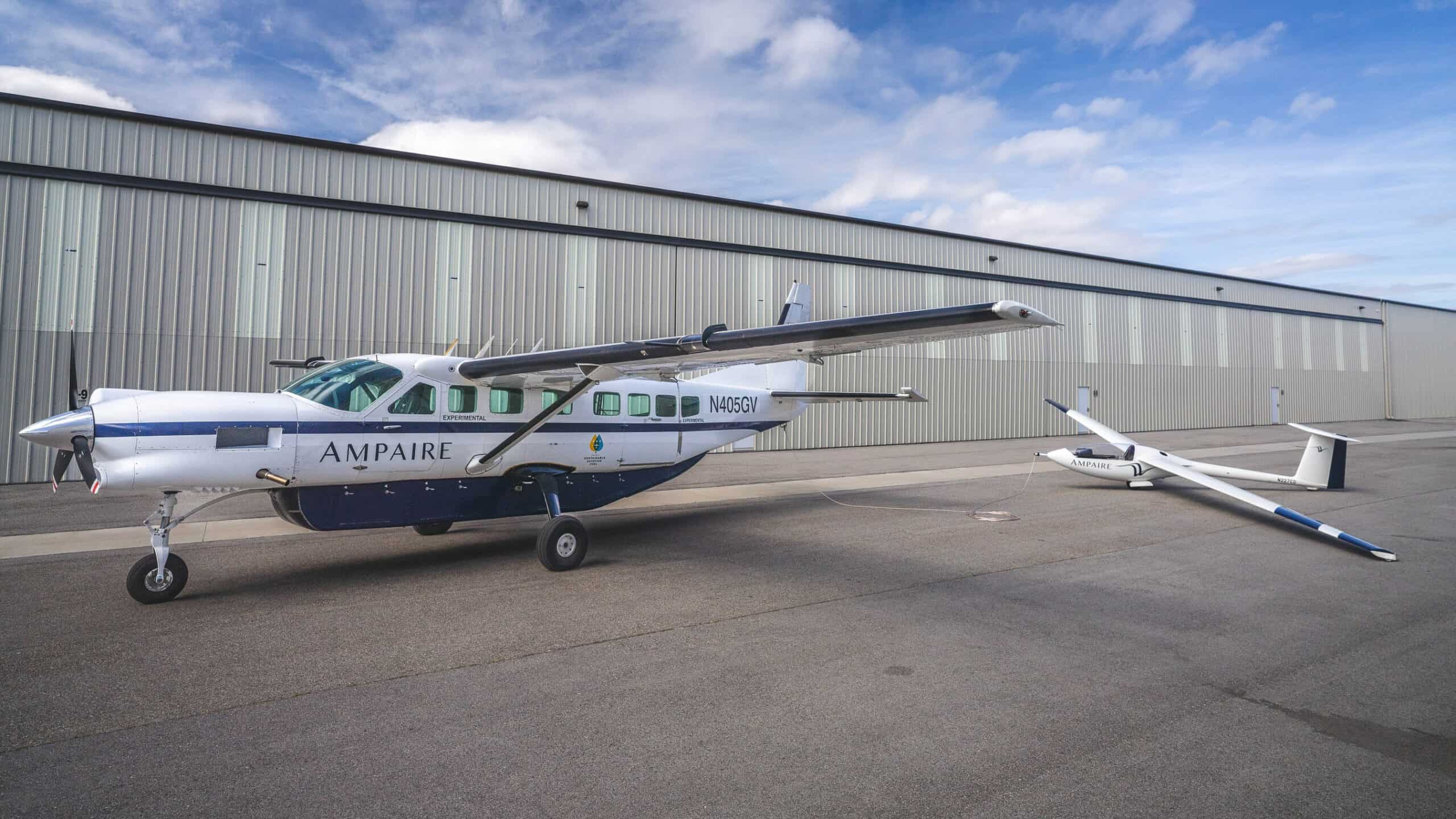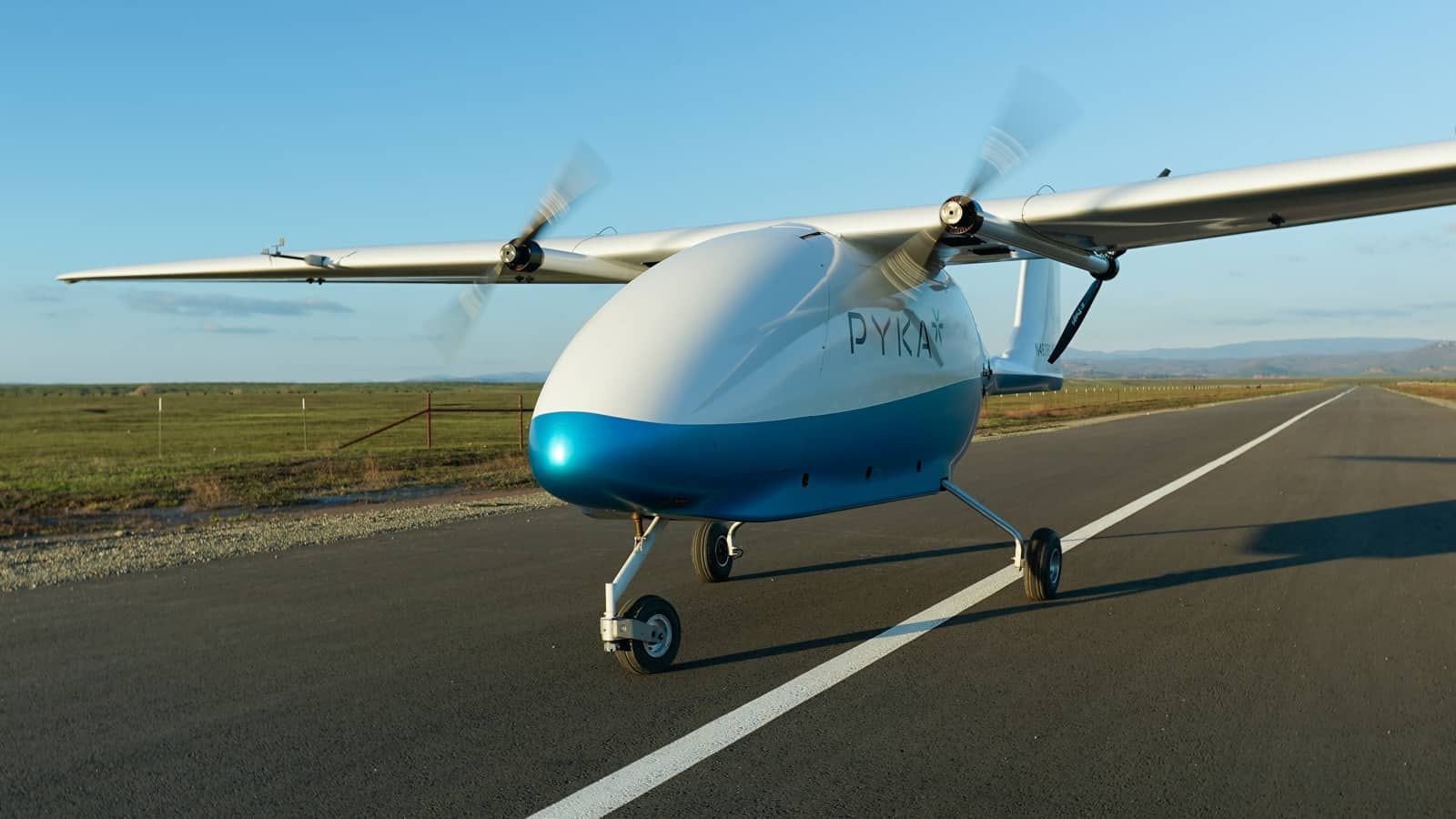NASA’s X-57, an experimental all-electric aircraft designed to prove the gains of multiple rotors, is one step closer to its first flight.
The agency has completed thermal testing of its cruise motor controllers, which are crucial components in converting the energy stored in lithium-ion batteries to power the motors that spin the electric propellers. The tests validated the controllers’ design and ensured their temperature-sensitive components could withstand extreme conditions during flight. NASA successfully tested the cruise motor controllers inside a thermal chamber, simulating the temperatures that these aircraft components could experience in flight.
The X-57 is a modified Tecnam P2006T twin-engine light aircraft that NASA is converting to electric power. The agency aims to share its design and airworthiness process with regulators and the industry to develop certification standards for emerging electric aircraft, including eVTOL vehicles for urban air mobility. While the version of the X-57 that will fly won’t look like the aircraft NASA has shown in rendered images, the success of the thermal chamber testing means that this technology is becoming more likely for overall future flights.
NASA introduced the X-57 in 2016 with the plan to build three different modifications of the electrically powered P2006T aircraft. The program aimed to demonstrate that airplanes could fly on electrical power and also be energy efficient – and that their performance could be massively improved by replacing the two larger engines with an array of smaller engines distributed across the wing in a “blown wing” configuration. However, the program faced delays due to technical glitches, including problems with the transistors, and disruptions caused by the COVID-19 pandemic.
Despite the program’s setbacks, NASA still managed to achieve its goal of helping to develop standards for future electric aircraft. The agency worked with standards organizations ASTM International and RTCA to inform and align the development of standards for new commercial aircraft with architectures similar to that of the X-57 Maxwell. NASA will stop working on its own electric aircraft this year, but it will remain engaged with the advanced air mobility industry to inform the design and operations of next-generation electric aircraft.
NASA’s Electrified Powertrain Flight Demonstration initiative aims to demonstrate new electric propulsion technologies with industry partners such as MagniX and GE Aviation. The agency hopes to introduce these electric propulsion technologies to U.S. aviation fleets by 2035, supporting short-range and regional air travel and single-aisle airliners. The X-57 Maxwell may not have achieved all three planned iterations, but it has been a stepping stone in the development of the next generation of electric aircraft.
Tecnam P2006T
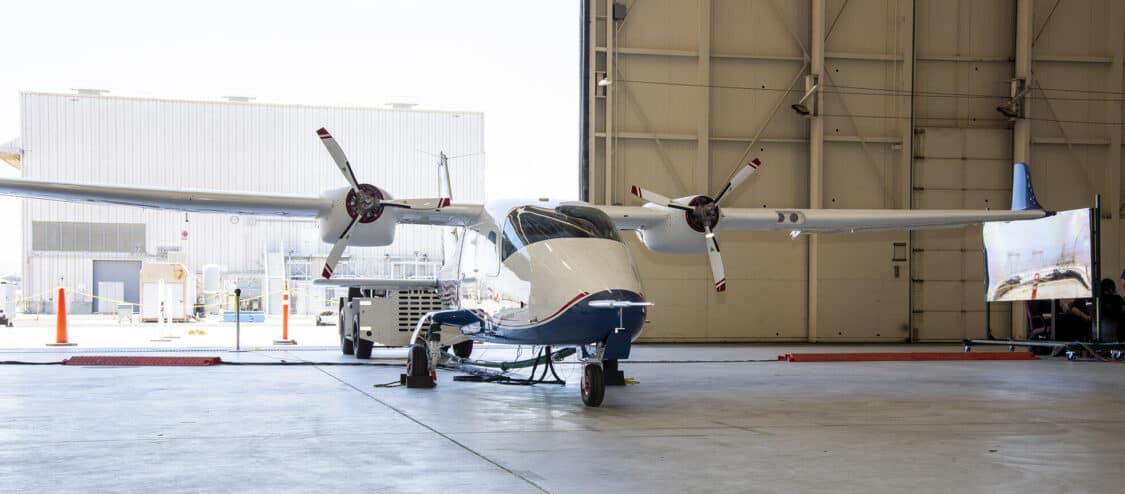

SOURCE | IMAGES: FUTUREFLIGHT
FTC: We use income-earning auto affiliate links. Learn more.


